Mousetrap Theatre Projects will be showing a Relaxed Performance of The Gruffalo on Tuesday 4th August 2015 at 2pm, in assocation with Tall Stories and Kenny Wax Family Entertainment. Based on the award winning book by Julia Donaldson and Axel Scheffler, The Gruffalo Live follows the story of Mouse on an adventurous journey through the deep, dark wood…
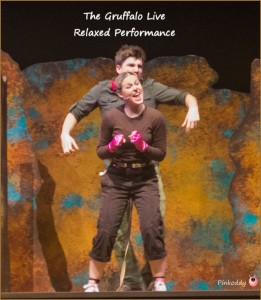 We previously watched a Relaxed Performance of The Gruffalo Live in Birmingham and thought it was amazing. It really brought the book to life, but without being dull, too predictable but not too unfamiliar either.
We previously watched a Relaxed Performance of The Gruffalo Live in Birmingham and thought it was amazing. It really brought the book to life, but without being dull, too predictable but not too unfamiliar either.
Relaxed Performances are perfect for those with Sensory Processing Disorder, Autism and other learning, communication and sensory disorders. Not only do relaxed performances have adjustments made to sound and lighting, free resources to help you prepare for your visit and trained volunteers and staff at the event, but they are also keen to adapt the performance, as much as they can, to meet any additional needs. If you have any questions, suggestions or requirements that are not already catered for then let me know please. I can not only feed them on to the project manager, but other places who are trying to ensure a fully inclusive experience for all.
Unfortunately wheelchair space is very limited and restricted to one carer sitting with the user. There is no level access to the auditorium, nor is there a stair climber. There is the option to book a transfer seat if the individual is able to walk or be carried to the auditorium – again this needs to be arranged prior to the performance.

- Lyric Theatre, Shaftesbury Avenue
- Tuesday 4thAugust
- 00pm
- For ages 3+
- Tickets from £12.50 – £2.50
Tickets are in 3 pricing bands
- Band 1:£12.50 (Adult) & £7.50 (Child) – These will be in the Stalls or Dress Circle
- Band 2: £7.50 (Adult) & £5 (Child) – These will be in the back or front 2 rows of the Stalls or Back of Dress Circle
- Band 3:£5 (Adult) & £2.50 (Child) – These will be in the Upper Circle
Booking Criteria
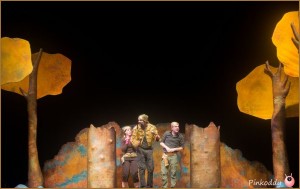 At least onemember of the group must be a young person with special needs (5 – 23)
At least onemember of the group must be a young person with special needs (5 – 23)- HALF or MORE of the group must be young people aged 5 – 17, or 23 for young people with special needs. (Two parents are welcome to bring one child)
- Applications from families have to be referred by one of the Partner Organisations (The Sensory Seeker is one of those organisations so if you wish to go please get in touch with myself).
- Strictly one application per family, maximum 6 people per application
- If you wish to come as a group of families, please fill in one application per family and leave a note in the final section of the application form
- MTP relaxed performances are designed to accommodate families to attend the theatre together as a unit – if you are a school or organisation that would like to arrange a group visit then let me know and I will get in touch with the Project Manager).
- Tickets are allocated on a first come, first served basis and are subject to availability
This is a charity performance, funded and subsidised to provide access to the West End for young people with special needs and their families.
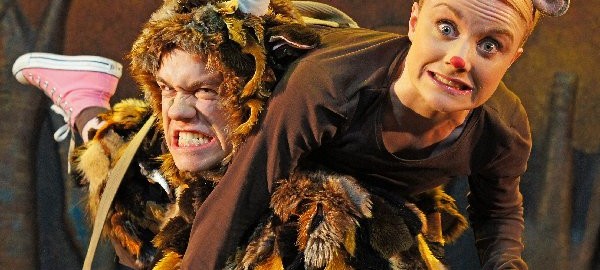
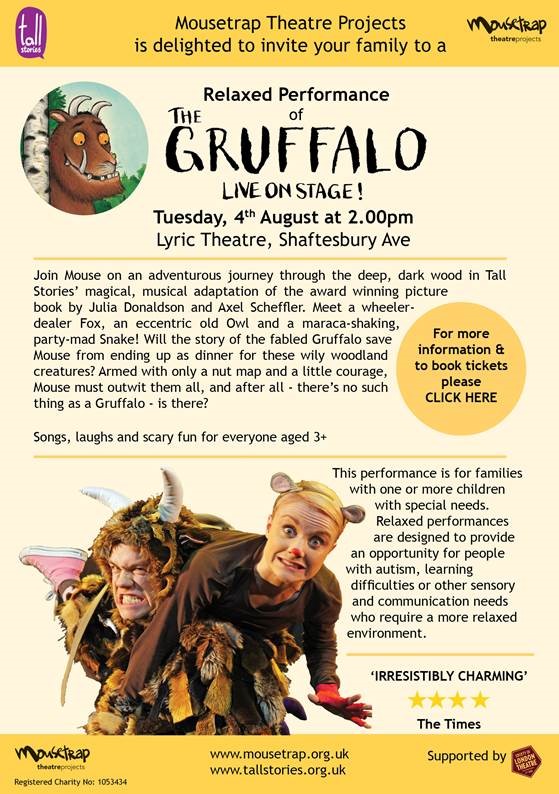
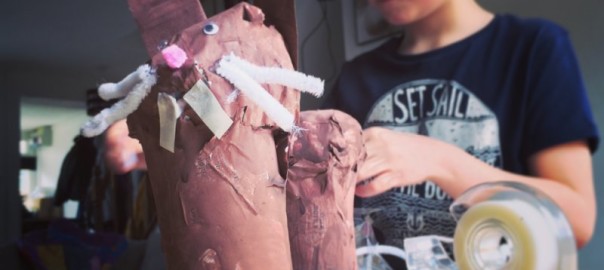
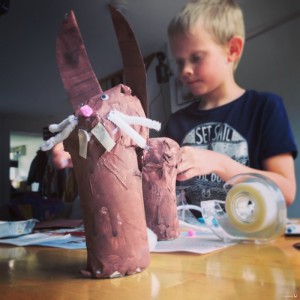
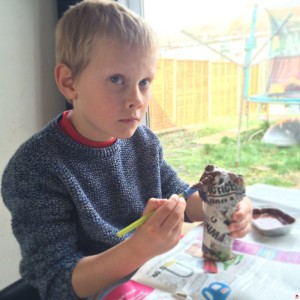
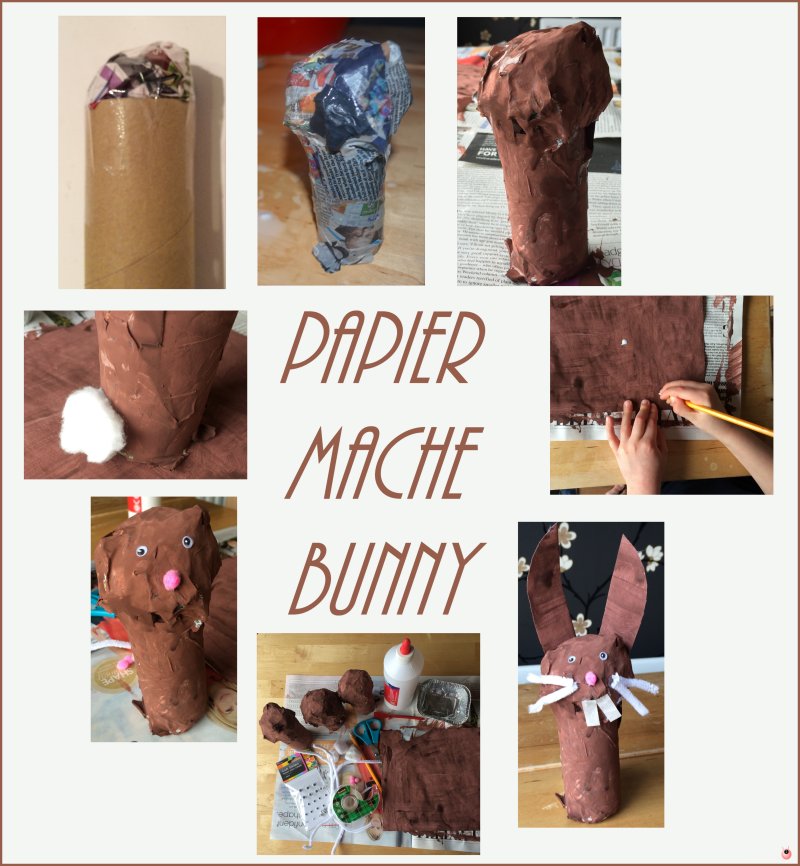
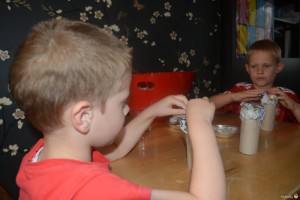
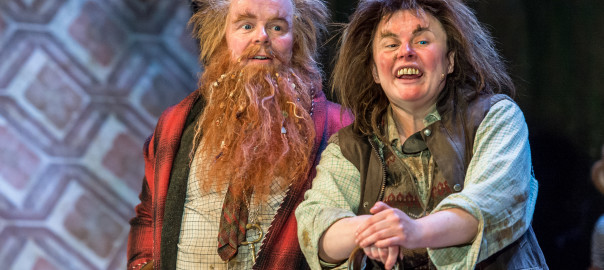
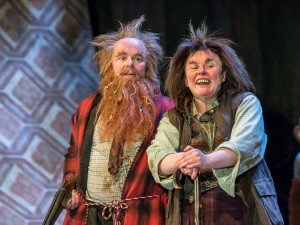 For children with Sensory Processing Disorder, Autism, Learning Difficulties & Communication needs, a Relaxed Performance can help to make things more inclusive. Most importantly everyone is understanding of the individual’s difficulties and support put in place. Adjustments are made to sound and lighting; free support resources are available to prepare for the visit beforehand and during the performance benefit from the relaxed (move about/make noises) and there is a supportive atmosphere (with trained volunteers on hand) in the theatre.
For children with Sensory Processing Disorder, Autism, Learning Difficulties & Communication needs, a Relaxed Performance can help to make things more inclusive. Most importantly everyone is understanding of the individual’s difficulties and support put in place. Adjustments are made to sound and lighting; free support resources are available to prepare for the visit beforehand and during the performance benefit from the relaxed (move about/make noises) and there is a supportive atmosphere (with trained volunteers on hand) in the theatre.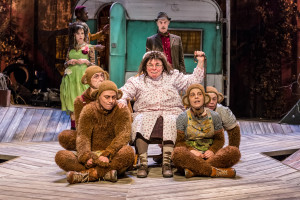 Based on Roald Dahl’s classic Mr and Mrs Twit are not a very nice couple. They not only do nasty stuff to each other but are VILE to everyone else. Not just restricted to people as they make a family of monkeys they are holding hostage stand on their heads. Can the monkeys find a way to show those vicious Twits what for?
Based on Roald Dahl’s classic Mr and Mrs Twit are not a very nice couple. They not only do nasty stuff to each other but are VILE to everyone else. Not just restricted to people as they make a family of monkeys they are holding hostage stand on their heads. Can the monkeys find a way to show those vicious Twits what for?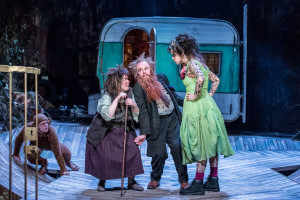
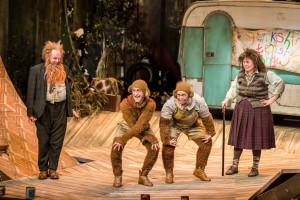 Our experiences with The Sensory Seeker and Relaxed Performances have always been very positive. For myself the nicest thing is not feeling that The Sensory Seeker’s behaviours maybe disturbing anyone else’s viewing of the performance (as everyone who attends the performance is either in the same boat or has opted to attend that performance). For our son the important things are that he is able to get up and move about, make noises, clap his hands – without us trying to make him stop (or bribe him with too many sweets!). Other benefits have definitely been the support of making the experience familiar before it happens.
Our experiences with The Sensory Seeker and Relaxed Performances have always been very positive. For myself the nicest thing is not feeling that The Sensory Seeker’s behaviours maybe disturbing anyone else’s viewing of the performance (as everyone who attends the performance is either in the same boat or has opted to attend that performance). For our son the important things are that he is able to get up and move about, make noises, clap his hands – without us trying to make him stop (or bribe him with too many sweets!). Other benefits have definitely been the support of making the experience familiar before it happens.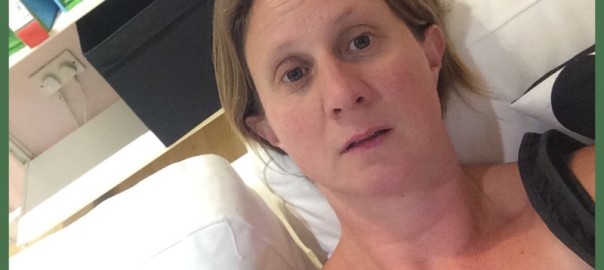


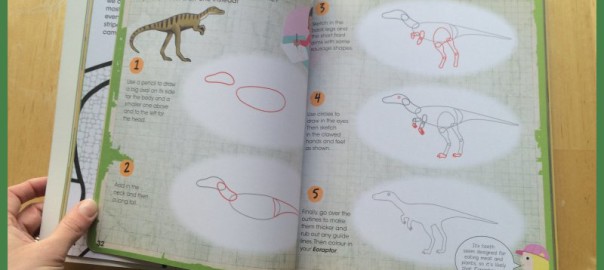
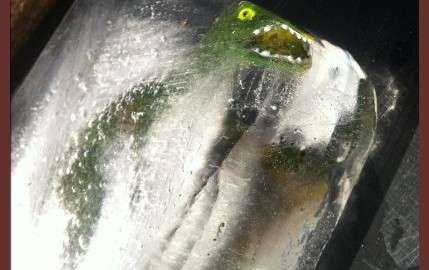 Dinosaurs are always a popular area of interest but with the new Jurassic World film coming out this year I think that they are going to be more popular than ever. Dinosaurs are popular in our house – we had a
Dinosaurs are always a popular area of interest but with the new Jurassic World film coming out this year I think that they are going to be more popular than ever. Dinosaurs are popular in our house – we had a 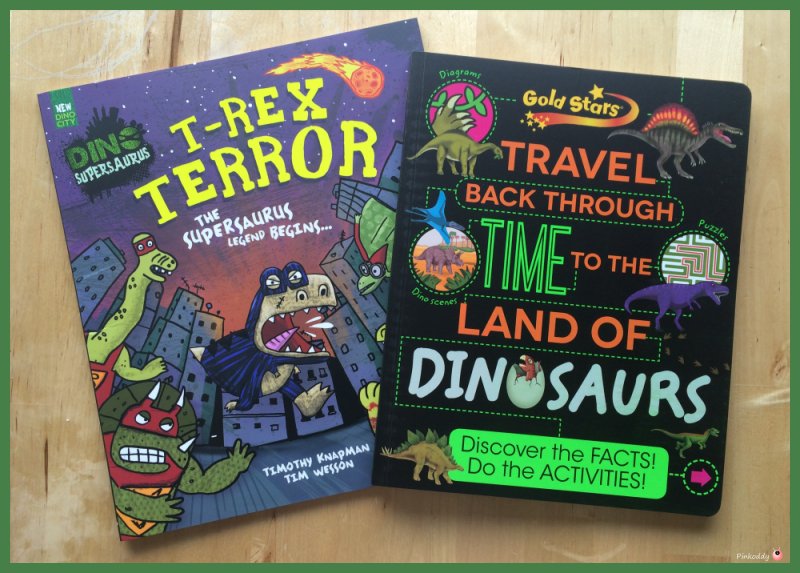
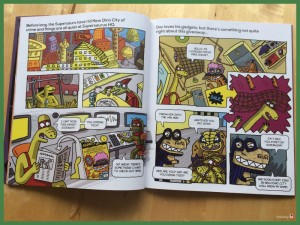
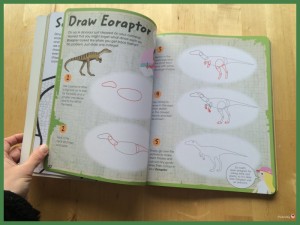

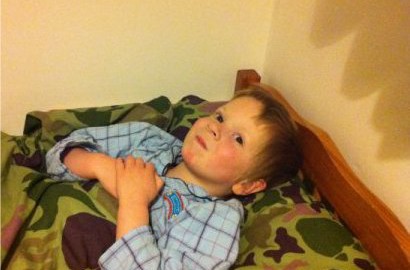

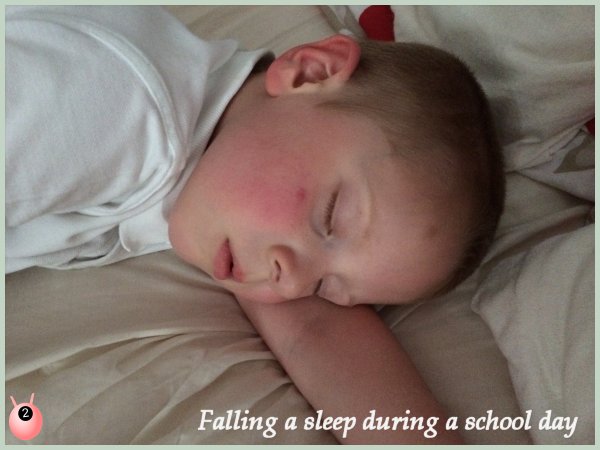

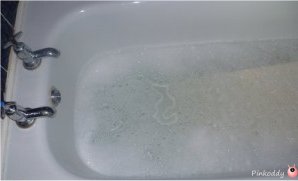 First discover what it is that is bothering them. Keep a diary to determine whether your child is a seeker or avoider in the 7 sensory types. Note when things calm them down and when they arouse them. Try to note all the different things occurring. For example, if
First discover what it is that is bothering them. Keep a diary to determine whether your child is a seeker or avoider in the 7 sensory types. Note when things calm them down and when they arouse them. Try to note all the different things occurring. For example, if 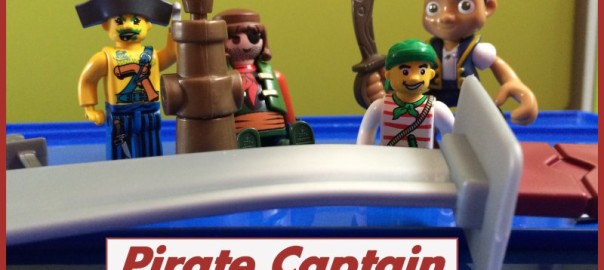
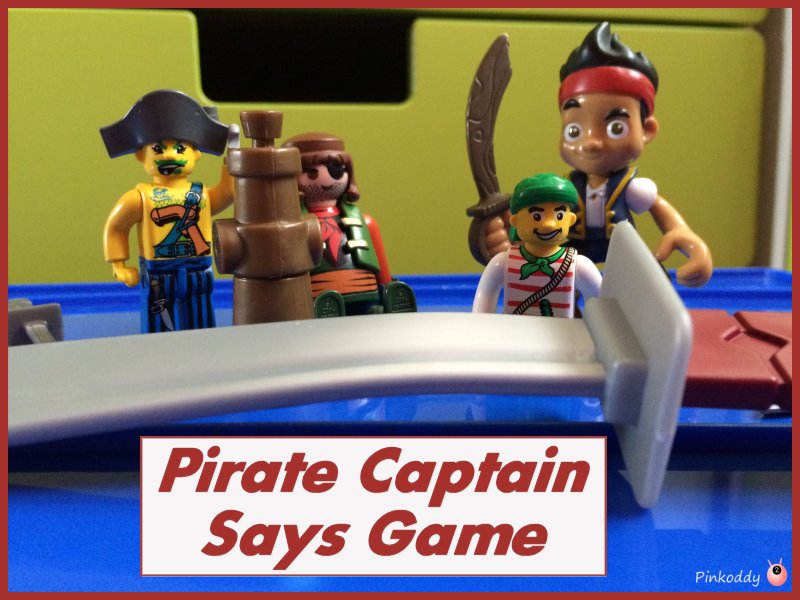 We chose to make a Pirates game to fit in with our trip to
We chose to make a Pirates game to fit in with our trip to 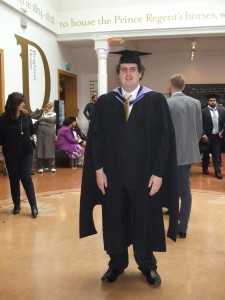 Logan Osborne first gained a BSc(Hons) Geography at University of Brighton in 2013. Now he has an MSc in Geographical Information Systems and Environmental Management and is looking for a job in geographical information systems.
Logan Osborne first gained a BSc(Hons) Geography at University of Brighton in 2013. Now he has an MSc in Geographical Information Systems and Environmental Management and is looking for a job in geographical information systems.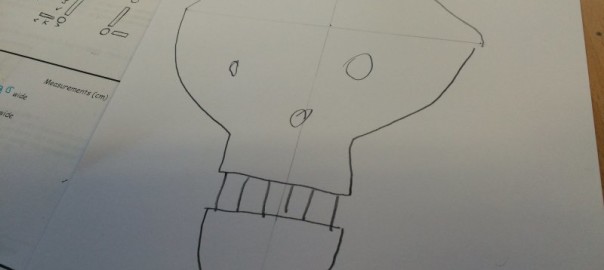
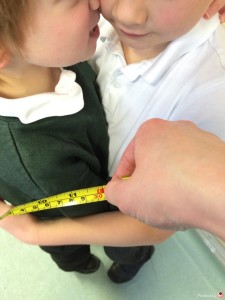 First we measured different things – our hands, a chair, the table. We measured them using our hands. We compared how different sized hands (mine Vs the children’s) needed a different number of them for the measurement of the different objects. We then moved onto tape measures (soft and hard), rulers etc and talked about cms and inches.
First we measured different things – our hands, a chair, the table. We measured them using our hands. We compared how different sized hands (mine Vs the children’s) needed a different number of them for the measurement of the different objects. We then moved onto tape measures (soft and hard), rulers etc and talked about cms and inches.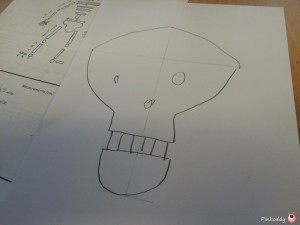
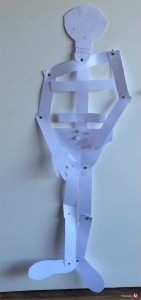 The following week we made a life sized skeleton. We did this by taking different measurements on the body and then drew the same size for each part on a piece of paper. We then cut it out and attached it together. It was good to demonstrate how something the size of The Sensory Seeker could be put together from the smaller parts. It also gave him a better understanding of his bone structure – as well as things like fine motor practice (drawing and cutting), number sequencing, attention, instructions etc. We used blue tac and a biro to make holes for the split pins.
The following week we made a life sized skeleton. We did this by taking different measurements on the body and then drew the same size for each part on a piece of paper. We then cut it out and attached it together. It was good to demonstrate how something the size of The Sensory Seeker could be put together from the smaller parts. It also gave him a better understanding of his bone structure – as well as things like fine motor practice (drawing and cutting), number sequencing, attention, instructions etc. We used blue tac and a biro to make holes for the split pins.